Children Eye Health and Safety Month – August
This article is posted on the observance of August- children eye health and safety month. The content of this article is specially written for parents to look after the eye health of the children.
Why the special focus on children for an eye check-up?
As children unable to understand that
- Their vision is less
- They may think that’s the best vision they can have or It’s the same for everyone
- If it’s a problem in a single eye they might not close one eye and observe.
1. The growth of the eyeball depends on the size of the eye in the initial stage. It’s an ocular mechanism. It is called emmetropization. The eye grows abnormally if the sight is not corrected in childhood. We need to correct the refractive error (sight/power) at the earliest possible to avoid high refractive error due to abnormal eye size in the adult age.
2. If the vision is less in one eye due to eye power or eye size, child’s brain tries to ignore the image from the bad eye(eye with less vision)and uses the only image from good eye(eye with better vision). This condition is called a lazy eye or amblyopia. If we notice this problem in school age, there are some exercises to regain the vision. But if we notice at an adult age, there is no treatment to make that eye work. It is an irreversible loss. Hence it is important to fix in childhood itself.
Sometimes the bad eye can move outwards as it is not used( eye deviation/squint).
Deviation of eye noticed at any age, at any specific period should be taken seriously. This should be an alarming sign for an eye check-up. You might observe deviation only while drawing/doing homework/when a child is tired
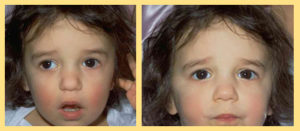
3. Shaking of eyeballs can be observed in some children may be occasionally or always might be a genetic disorder or present by birth. There might be several reasons for the cause like blurred vision or problem in the nerve or Brain. Hence it would worth to have an eye check-up, find out the reason and manage accordingly
4. Sometimes if the vision is not clear, Child tries to poke or press the eye with the finger to make things clear.
Note: However it might not always be related to eyesight, it could be a habitual behaviour of the child.
5. Squeezing of the eyes, rubbing of eyes very frequently, watering while watching TV and voluntary forceful blinking of eyes are the warning signs of abnormal vision

Note: This could be sometimes due to continuous watching of the screen without breaks and forgetting to blink.
6. If your child is reading or writing or watching TV /mobile at a very close distance or closing one eye while focusing on things. Please schedule for an eye exam
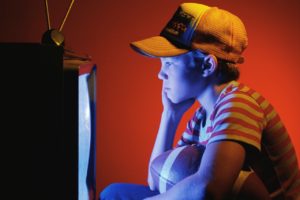
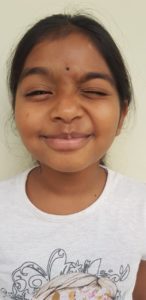
7. Few children adopt a head posture where they can see clearly. Tilting their head towards one side, lowering or elevating their chin or turning their face towards one side. This could be a sign of abnormal vision or hidden deviation of the eye or problem in eye muscle or nerve
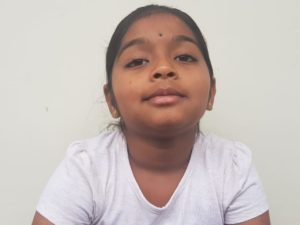
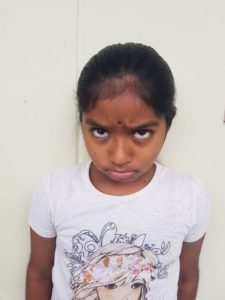
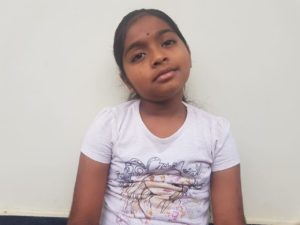
8. If any dust particle/any foreign body falls in the eye, the first thing the children do is trying to blow it off, which is a very unhealthy habit. Instead, they are advised to wash their eyes with cold water. If the dust is still stuck in the eye, use a sterile bud to remove. If it’s on the black part of the eye better to be removed by a local doctor
9. When it comes to safety, Please keep a watch on the toys or things that the children are playing with. Avoid sharp toys and objects. Caution them to use pens and pencils only to write not throw on each other. Make sure that they wear protective glasses during bike rides or while swimming.
Ensure that you are providing good visual hygiene for the future generation.
Anyone with a normal or abnormal vision is mandatory to consult an eye care professional yearly.
References:
https://www.pedseye.com/strabismus_exotropia.htm
Pic Courtesy: Pragna Dole